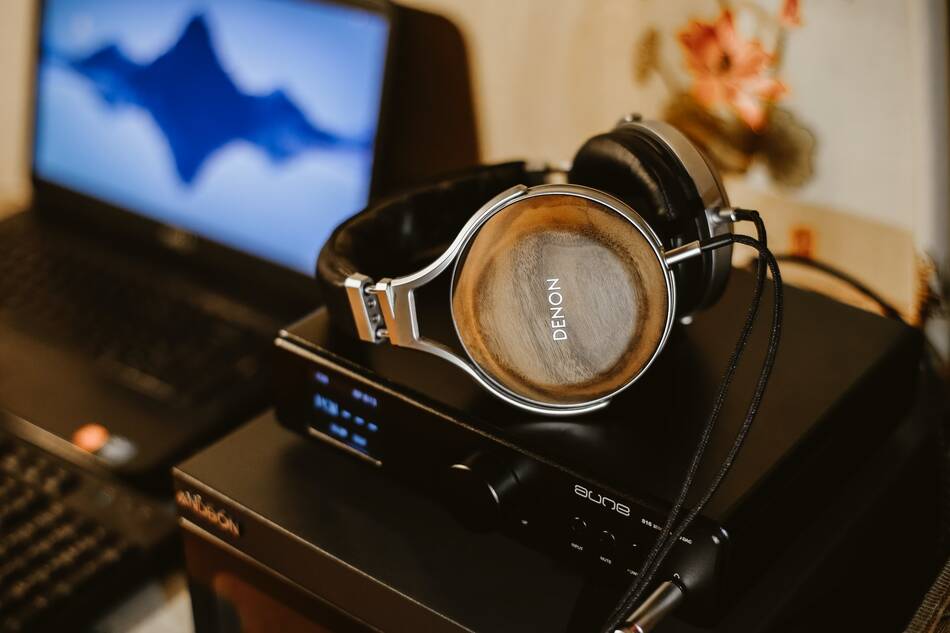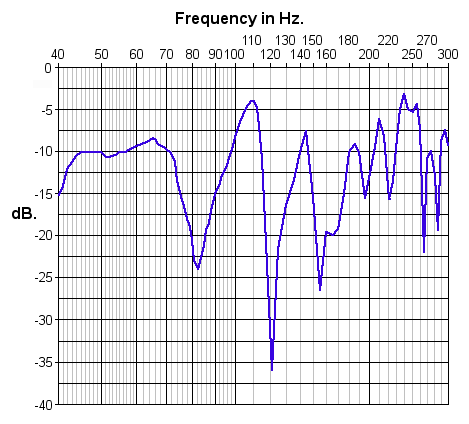
Perhaps you want to save some cash on buying a new headphone amp, or maybe you enjoy that high-quality audio from your preamp. Whatever the reason is, you are not the only one who wants to know if it’s a good idea to drive headphones with a preamp. I did some research on this topic to feed my curiosity, and here is what I found.
Can a preamp drive headphones?
Preamps output cannot supply high enough current required to drive most headphones because they have a high output impedance compared to headphones input impedance. This will result in a much quieter audio signal and poor audio quality.
We will take a look at why most preamps can’t drive headphones and the problems that can happen if you try to do so. Later in the article, we’ll discuss the best way to drive headphones to ensure they deliver the best output possible.
But before we jump into this discussion, there is an important concept you need to understand. And that is Impedance. That forms the basis of everything we’ll talk about in this article.
As we may already know, audio signals are electrical signals (or current) sent from one device to the other. So in this section and throughout the article, audio signals and electrical current will be used interchangeably. Just keep in mind that any time we talk about electrical current flow, you can interpret it as the flow of audio signals. So let’s get into it.
Table of Contents
What is Impedance?
Impedance refers to how an electronic device opposes the flow of an alternating current. It is measured in ohms and represented by the greek alphabet omega (Ω). Every electronic device, including headphones and preamps, has an impedance.
Not to get too technical and geeky, here is something you need to keep in mind when it comes to impedance. At a constant voltage, the higher the impedance, the lower the current that will flow, and the lower the impedance, the higher the current that will flow.
High Impedance — Low Current
Low Impedance — High Current
The outputs of preamps, power amps, and headphone amps have an impedance usually referred to as output impedance. The output impedance of these amps determines how much current can be delivered to their receivers.
If an amp has a higher output impedance, it can deliver a low electrical current (or audio signal). However, if the amp has a lower output impedance, it can deliver a much higher electrical current.
The inputs of preamps, power amps, headphone amps also have an impedance known as the input impedance. Headphones and speakers also have an input impedance. The inputs of these amps, as well as headphones and speakers, acts as a load to whatever device they are connected to. Hence, the input impedance determines how much current will be drawn.
If the device has a high input impedance, the lower the current required. However, if the device has a low input impedance, the higher the current required.
But how do you know if a device has a high or low impedance? There is no math formula or a specific value for this; it’s simply a matter of comparison. You have to compare it to the device that it will be connected to. What do I mean?
For instance, to know if the input impedance of a mic preamp is high or low, you have to compare it to the output impedance of the microphone that will be plugged into it.
If the value is higher than the mic’s output impedance, then it has a high input impedance. If it is lower than the mic’s output impedance, then it has a low input impedance.
Similarly, if you want to know if the output impedance of a power amp is high or low, you compare it to the input impedance of the speakers that will be connected to it.
If the power amp’s output impedance is higher than the speaker’s input impedance, it is considered a high output impedance. If it is lower than the speaker’s input impedance, it is considered a low output impedance.
You can find your device’s impedance in the manual or somewhere written on it. I hope this gives you a brief overview of the impedance of audio devices.
Now let’s talk about why preamps can’t drive headphones properly.
Why Preamps Can’t Drive Headphones Properly
Preamp’s output is usually plugged into the inputs of a power amp, headphone amp, or line inputs on an audio interface for further processing. All of these inputs have a high input impedance compared to the preamp’s output impedance.
According to PS Audio, most power amplifiers have an input impedance of 20kΩ (20,000Ω) or higher. Preamps, on the other hand, usually have an output impedance between 100Ω and 1kΩ. So, by comparison, preamps have a significantly low output impedance compared to the power amp’s input impedance. In other words, power amps have a high input impedance, compared to preamp’s output impedance.
For this reason, preamps are able to deliver a much higher audio signal (or electrical current) to power amps or headphone amps without any issue.
This is not the case when you connect a headphone to preamp’s output, and here is why.
Headphones usually have an input impedance between 16Ω and 600Ω. By comparison, headphones have low input impedance. In other words, preamps have a high output impedance compared to headphones.
As we have discussed earlier, because headphones have a low input impedance, it will require a high current from a preamp to work effectively. But that’s not going to be possible because the preamp can only deliver a low current due to its high output impedance.
In essence, when you connect a headphone to a preamp’s output, it will demand a much higher current than what the preamp can deliver. This causes several issues we will talk about in the next section.
Problems with Driving Headphones to Preamp Outs
Trying to drive headphones with a preamp is just not a good idea. There is nothing wrong with trying it. However, you won’t get the best audio quality from your headphones. Here are the problems with driving headphones with preamp outs.
1. Quieter signal
The first thing you will notice when you plug a headphone into a preamp output is you won’t get a loud volume. That’s simply because the preamp cannot supply the required current to drive the headphones.
The loudness will vary based on the preamp or headphone used. That’s because every preamp or headphone has a different impedance, and that will affect the signal strength. However, in general, you won’t get a loud enough signal.
2. Poor frequency response

Another big issue with driving a headphone with a preamp is a bad frequency response. Let me explain.
Although manufacturers provide the input impedance of headphones as a single value, in reality, the input impedance of a headphone varies based on each frequency. For instance, at 100Hz, a headphone can have an input impedance of 64Ω, and at 1kHz, it can have 45Ω input impedance.
This means the audio signal sent by the preamp will have varying loudness in different frequencies of the audio. And this will drastically affect the quality of audio and inaccurate frequency response.
The final audio output from the headphone will be colored, and certainly, you don’t want that.
Best Way to Drive Headphones
If you want to hear the best possible sound your headphone can produce, you should definitely purchase a headphone amplifier. Why is this so?
Most headphone amplifiers are designed to have output impedance much lower than the input impedance of headphones. And as a rule of thumb, the headphones’ input impedance must always be higher than the output impedance.
Ideally, headphones’ input impedance must be at least eight times (or more) the output impedance of whatever device they are receiving audio from. And most headphone amps are designed with this in mind.
Schiit Magni 3 Headphone Amp (on Amazon), for instance, is specially designed to work incredibly well with any headphone. It delivers high audio signal levels to any headphone that is connected to it. That’s because it has a low output impedance compared to most headphones input impedance.
To ensure you find the right headphone amp for your headphones, first check your headphones’ input impedance. And then look for a headphone with an output impedance at 1/8th or less the headphones’ input impedance.
Conclusion
In summary, you won’t get the best quality audio when you drive a headphone with a preamp. Preamps can’t supply enough power required by headphones to function properly.
To get the most out of your headphones, you need a headphone amplifier with a low output impedance that can supply the required power.

Hi, I’m Raymond. A keyboard player, music producer, and writer. And I’m also the founder of this blog. As someone who has been working with several audio and music equipment and different musicians for many years, my goal is to answer all your questions on music and equipment, as well as the latest music software and technology. For more info, check out my about me page

